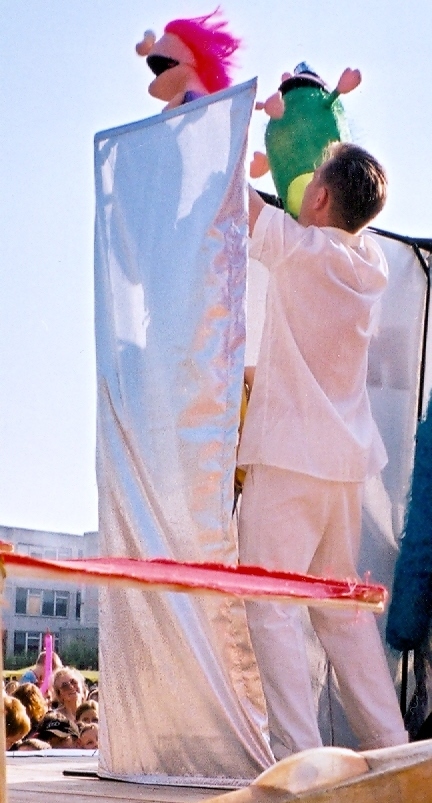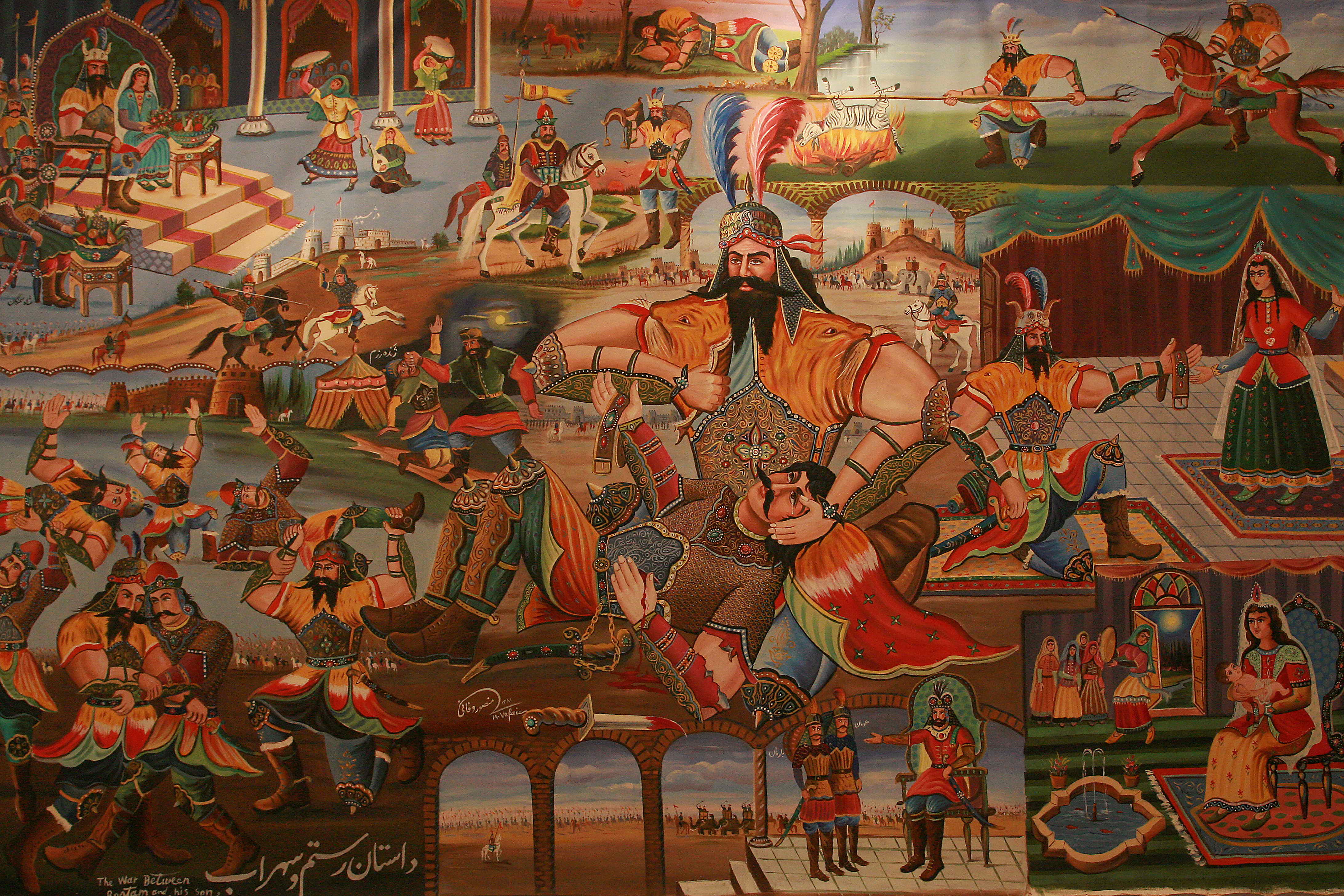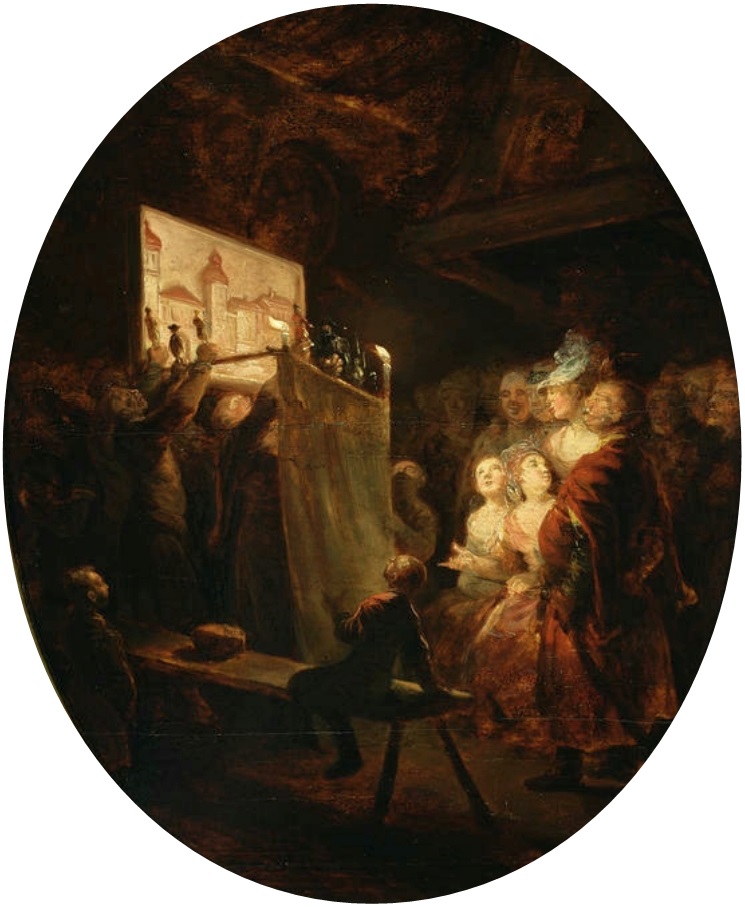|
Rostam And Sohrab (opera)
''Rostam and Sohrab'' is an opera by Loris Tjeknavorian. It is based on the story Rostam and Sohrab in the epic ''Shahnameh''. Its composition took 25 years. In 1963, Carl Orff granted Loris Tjeknavorian a scholarship which allowed him to reside in Salzburg and to complete his opera in Austria. Iranian director Behrouz Gharibpour brought ''Rostam and Sohrab'' to the stage as a puppet show in October 2006. It was first puppet show in Iran to feature the tale. The show involves 100 marionettes and 15 puppeteers and it was first performed in Tehran's Ferdowsi Hall in 2005. See also *Music of Iran *Persian theatre References External linksDocumentary film about ''Rostam & Sohrab'' puppet opera Operas Persian-language operas 1963 operas 2005 operas Operas based on literature Operas by Loris Tjeknavorian Works based on Shahnameh {{opera-stub ... [...More Info...] [...Related Items...] OR: [Wikipedia] [Google] [Baidu] |
Loris Tjeknavorian
Loris Haykasi Tjeknavorian ( hy, Լորիս Ճգնավորյան; fa, لوریس چکناواریان; born 13 October 1937) is an Iranian Armenians, Iranian Armenian composer and conductor. He has appeared internationally as a conductor, serving as the principal conductor of the Armenian Philharmonic Orchestra from 1989 to 1998 and later from 1999 to 2000. As a composer Tjeknavorian has written 6 operas, 5 symphonies, choral works, chamber music, ballet music, piano and vocal works, concerto, concerti for piano, violin, guitar, cello and pipa, as well as music for documentary and feature films. Among his best known works are the opera ''Rostam and Sohrab (opera), Rostam and Sohrab'', based on the story of Rostam and Sohrab from Ferdowsi's ''Shahnameh'', and the ballet ''Simorgh''. After study at the Vienna Music Academy, with Carl Orff at the Salzburg Mozarteum and the University of Michigan, he taught at the Tehran Conservatory. While based in the United Kingdom 1975 to 1985, ... [...More Info...] [...Related Items...] OR: [Wikipedia] [Google] [Baidu] |
Music Of Iran
The music of Iran encompasses music that is produced by Iranian artists. In addition to the traditional folk and classical genres, it also includes pop and internationally celebrated styles such as jazz, rock, and hip hop. Iranian music influenced other cultures in West Asia, building up much of the musical terminology of the neighboring Turkic and Arabic cultures, and reached India through the 16th-century Persianate Mughal Empire, whose court promoted new musical forms by bringing Iranian musicians. History Earliest records Music in Iran, as evidenced by the "pre-Iranian" archaeological records of Elam, the oldest civilization in southwestern Iran, dates back thousands of years. Iran is the birthplace of the earliest complex instruments, which date back to the third millennium BC. A number of trumpets made of silver, gold, and copper were found in eastern Iran that are attributed to the Oxus civilization and date back between 2200 and 1750 BC. The use of both vertical and ... [...More Info...] [...Related Items...] OR: [Wikipedia] [Google] [Baidu] |
Operas Based On Literature
Opera is a form of theatre in which music is a fundamental component and dramatic roles are taken by Singing, singers. Such a "work" (the literal translation of the Italian word "opera") is typically a collaboration between a composer and a libretto, librettist and incorporates a number of the performing arts, such as acting, Theatrical scenery, scenery, costume, and sometimes dance or ballet. The performance is typically given in an opera house, accompanied by an orchestra or smaller musical ensemble, which since the early 19th century has been led by a conducting, conductor. Although musical theatre is closely related to opera, the two are considered to be distinct from one another. Opera is a key part of the Western culture#Music, Western classical music tradition. Originally understood as an entirely sung piece, in contrast to a play with songs, opera has come to include :Opera genres, numerous genres, including some that include spoken dialogue such as ''Singspiel'' and ... [...More Info...] [...Related Items...] OR: [Wikipedia] [Google] [Baidu] |
2005 Operas
5 (five) is a number, numeral and digit. It is the natural number, and cardinal number, following 4 and preceding 6, and is a prime number. It has attained significance throughout history in part because typical humans have five digits on each hand. In mathematics 5 is the third smallest prime number, and the second super-prime. It is the first safe prime, the first good prime, the first balanced prime, and the first of three known Wilson primes. Five is the second Fermat prime and the third Mersenne prime exponent, as well as the third Catalan number, and the third Sophie Germain prime. Notably, 5 is equal to the sum of the ''only'' consecutive primes, 2 + 3, and is the only number that is part of more than one pair of twin primes, ( 3, 5) and (5, 7). It is also a sexy prime with the fifth prime number and first prime repunit, 11. Five is the third factorial prime, an alternating factorial, and an Eisenstein prime with no imaginary part and real part of the form 3p ... [...More Info...] [...Related Items...] OR: [Wikipedia] [Google] [Baidu] |
1963 Operas
Events January * January 1 – Bogle–Chandler case: Commonwealth Scientific and Industrial Research Organisation scientist Dr. Gilbert Bogle and Mrs. Margaret Chandler are found dead (presumed poisoned), in bushland near the Lane Cove River, Sydney, Australia. * January 2 – Vietnam War – Battle of Ap Bac: The Viet Cong win their first major victory. * January 9 – A total penumbral lunar eclipse is visible in the Americas, Europe, Africa, and Asia, and is the 56th lunar eclipse of Lunar Saros 114. Gamma has a value of −1.01282. It occurs on the night between Wednesday, January 9 and Thursday, January 10, 1963. * January 13 – 1963 Togolese coup d'état: A military coup in Togo results in the installation of coup leader Emmanuel Bodjollé as president. * January 17 – A last quarter moon occurs between the penumbral lunar eclipse and the annular solar eclipse, only 12 hours, 29 minutes after apogee. * January 19 – Soviet spy Gheorghe ... [...More Info...] [...Related Items...] OR: [Wikipedia] [Google] [Baidu] |
Persian-language Operas
Persian (), also known by its endonym Farsi (, ', ), is a Western Iranian language belonging to the Iranian branch of the Indo-Iranian subdivision of the Indo-European languages. Persian is a pluricentric language predominantly spoken and used officially within Iran, Afghanistan, and Tajikistan in three mutually intelligible standard varieties, namely Iranian Persian (officially known as ''Persian''), Dari Persian (officially known as ''Dari'' since 1964) and Tajiki Persian (officially known as ''Tajik'' since 1999).Siddikzoda, S. "Tajik Language: Farsi or not Farsi?" in ''Media Insight Central Asia #27'', August 2002. It is also spoken natively in the Tajik variety by a significant population within Uzbekistan, as well as within other regions with a Persianate history in the cultural sphere of Greater Iran. It is written officially within Iran and Afghanistan in the Persian alphabet, a derivation of the Arabic script, and within Tajikistan in the Tajik alphabet, a derivatio ... [...More Info...] [...Related Items...] OR: [Wikipedia] [Google] [Baidu] |
Operas
Opera is a form of theatre in which music is a fundamental component and dramatic roles are taken by singers. Such a "work" (the literal translation of the Italian word "opera") is typically a collaboration between a composer and a librettist and incorporates a number of the performing arts, such as acting, scenery, costume, and sometimes dance or ballet. The performance is typically given in an opera house, accompanied by an orchestra or smaller musical ensemble, which since the early 19th century has been led by a conductor. Although musical theatre is closely related to opera, the two are considered to be distinct from one another. Opera is a key part of the Western classical music tradition. Originally understood as an entirely sung piece, in contrast to a play with songs, opera has come to include numerous genres, including some that include spoken dialogue such as ''Singspiel'' and ''Opéra comique''. In traditional number opera, singers employ two styles of singing: ... [...More Info...] [...Related Items...] OR: [Wikipedia] [Google] [Baidu] |
Persian Theatre
Persian theater ( fa, تئاتر ایرانی) goes back to antiquity. The first initiation of theater and phenomena of acting can be traced in ceremonial theaters to glorify national heroes and legends and to humiliate the enemy, as in the classics "Soug Sivash" and "Mogh Koshi" (Megakhouni). Ancient Persian theatre and dance was significantly researched by the Greek historian Herodotus of Halikarnassos, who lived during the Persian rule in Greece. In his work ''Book IX (Calliope)'', he describes the history of Asian empires and also the Persian wars until 478 BC. Historical Persian theatre These are a few of the dramatic performing arts that became popularized in Iran in 7th century AD, long before the advent of cinema. A few examples include: * Naghali (storytelling) * Ghavali (minstrelsy) * Shahnameh-khaani (singing storytelling performance of the story of Shahnameh) * Rowzeh Khani (mourning performance) * Saye-bazi (shadow plays) * Mirnouroozi (comic play during Nowruz) ... [...More Info...] [...Related Items...] OR: [Wikipedia] [Google] [Baidu] |
Puppeteer
A puppeteer is a person who manipulates an inanimate object, called a puppet, to create the illusion that the puppet is alive. The puppet is often shaped like a human, animal, or legendary creature. The puppeteer may be visible to or hidden from the audience. A puppeteer can operate a puppet indirectly by the use of strings, rods, wires, electronics or directly by his or her own hands placed inside the puppet or holding it externally or any other part of the body- such as the legs. Some puppet styles require two or more puppeteers to work together to create a single puppet character. The puppeteer's role is to manipulate the physical object in such a manner that the audience believes the object is imbued with life. In some instances, the persona of the puppeteer is also an important feature, as with ventriloquist's dummy performers, in which the puppeteer and the human figure-styled puppet appear onstage together, and in theatre shows like ''Avenue Q''. The puppeteer might speak ... [...More Info...] [...Related Items...] OR: [Wikipedia] [Google] [Baidu] |
Rostam And Sohrab
The tragedy of Rostam and Sohrab forms part of the 10th-century Persian epic ''Shahnameh'' by the Persian poet Ferdowsi. It tells the tragic story of the heroes Rostam and his son, Sohrab.Ebrahimi, Mokhtar & Taheri, Abdollah. (2017). The Tragedy in the Story of Rostam and Sohrab in Ferdowsi's Shahnameh. Journal of History Culture and Art Research. 6. 96. 10.7596/taksad.v6i1.707. Plot Rostam lived in Zabulistan, hero and one of the favorites of King Kaykavous. Once, following the traces of his lost horse, he enters the kingdom of Samangan where he becomes the guest of the king during the search for his horse. There, Rostam meets princess Tahmina. She admires Rostam and knows of his reputation. She goes into his room at night and asks if he will give her a child and in return, she will bring his horse. Rostam leaves after he impregnates Tahmina and his horse is returned. Before he leaves, he gives her two tokens. If she has a girl, she is to take the jewel and plait it in the ... [...More Info...] [...Related Items...] OR: [Wikipedia] [Google] [Baidu] |
Marionette
A marionette (; french: marionnette, ) is a puppet controlled from above using wires or strings depending on regional variations. A marionette's puppeteer is called a marionettist. Marionettes are operated with the puppeteer hidden or revealed to an audience by using a vertical or horizontal control bar in different forms of theatres or entertainment venues. They have also been used in films and on television. The attachment of the strings varies according to its character or purpose. Etymology In French, ''marionette'' means "little Mary". In France, during the Middle Ages, string puppets were often used to depict biblical events, with the Virgin Mary being a popular character, hence the name. In France, the word ''marionette'' can refer to any kind of puppet, but elsewhere it typically refers only to string puppets. History Ancient times Puppetry is an ancient form of performance. Some historians claim that they predate actors in theatre. There is evidence that they we ... [...More Info...] [...Related Items...] OR: [Wikipedia] [Google] [Baidu] |
Puppet Show
Puppetry is a form of theatre or performance that involves the manipulation of puppets – inanimate objects, often resembling some type of human or animal figure, that are animated or manipulated by a human called a puppeteer. Such a performance is also known as a puppet production. The script for a puppet production is called a puppet play. Puppeteers use movements from hands and arms to control devices such as rods or strings to move the body, head, limbs, and in some cases the mouth and eyes of the puppet. The puppeteer sometimes speaks in the voice of the character of the puppet, while at other times they perform to a recorded soundtrack. There are many different varieties of puppets, and they are made of a wide range of materials, depending on their form and intended use. They can be extremely complex or very simple in their construction. The simplest puppets are finger puppets, which are tiny puppets that fit onto a single finger, and sock puppets, which are formed from a ... [...More Info...] [...Related Items...] OR: [Wikipedia] [Google] [Baidu] |









